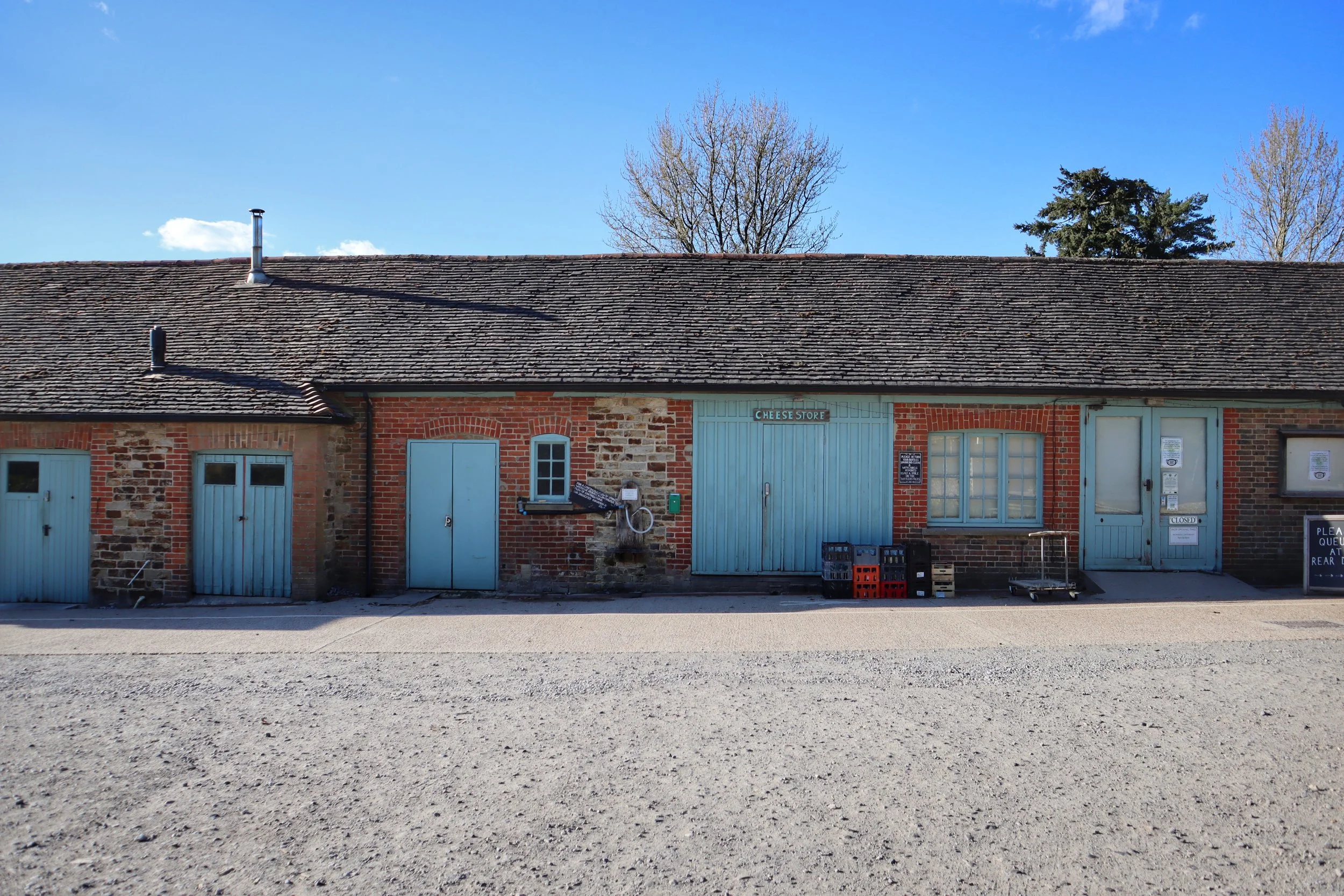Woodland Project - spring update
James Newmarch
Since Robin’s article in the December edition of Plaw Hatch news a lot has been happening in the woods! The majority of the cherry laurel and rhododendron, both invasive and alien species in our native woodlands, has been cut down and cleared. The most efficient way of disposing of this has been to burn the top growth and stack the logs into habitat piles. In order to minimise damage to the micro flora and fauna of the woodland floor, such an important part of the woodland ecosystem, we have kept to only two fire sites, one in the pond area (more on that later), and one on top of one of the largest cherry laurel stumps in a central clearing.
The gradual removal of the large evergreens and the advancing spring have both revealed more and more of the natural and man-made delights of the wood. The shape of a large pond has been revealed at the western end of the wood, originally obviously fed by the spring fed stream which runs north. The restoration of this would add considerably to the ecological interest of the wood. Where not previously shaded out by the evergreens, bluebell and wood anemone have flowered profusely, and other species such as foxglove and male fern have appeared. Birds have mainly been heard but not seen, with the wood ringing to the songs of blackcap and great tit and the rapid hammering of woodpeckers.
A hardcore half a dozen or so volunteers continues to work and our attention has now turned to clearing fallen branches from the pond area to enable us to assess the situation, and the problem of a low growing and somewhat invasive bamboo! The benefits to mental and physical health to visiting and working in woodland are well known now and many of you will be familiar with the Japanese concept of ‘forest bathing’ or shinrin-yoku, which many of us are looking forward to as time goes on and the hard work lessens!
Future plans include deer fencing to allow natural regeneration to take place unhindered by deer grazing. Sadly our first funding application for this was unsuccessful, but we shall investigate other sources. Meanwhile, seedlings are already emerging where once the ground was in deep shade, demonstrating once again nature’s power to recover when given the chance.
We look forward to providing further updates as the year draws on!






